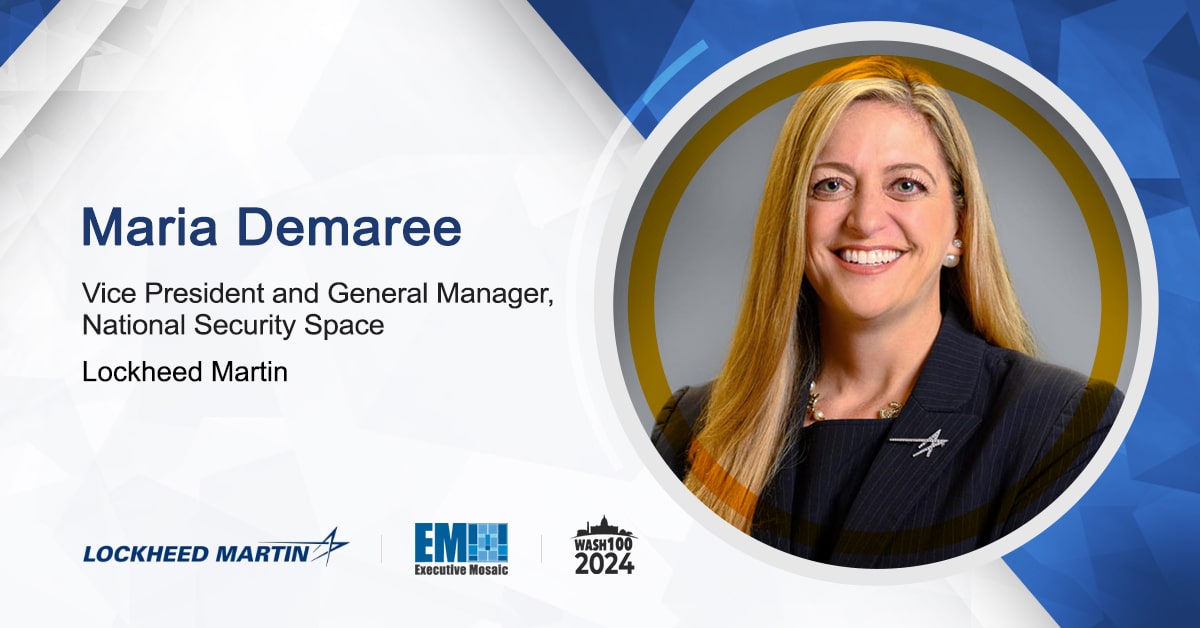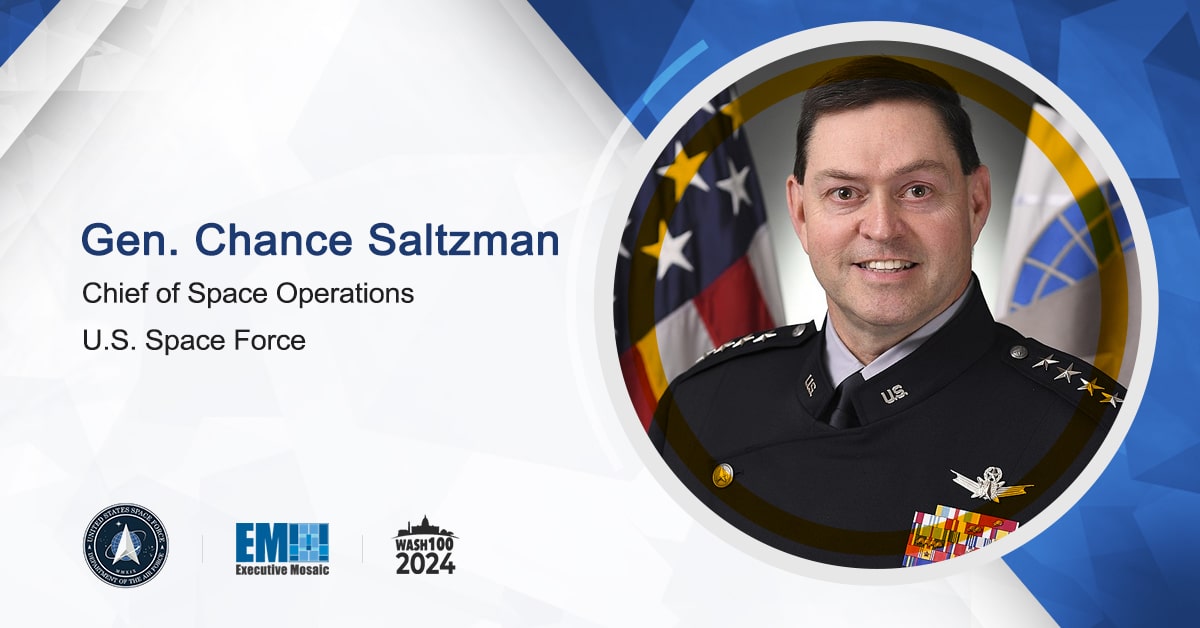Since the onset of COVID-19, the government and industry have expedited the development process of new technologies and offerings to remain competitive in the evolving landscape. Innovation units across the nation have focused on artificial intelligence, autonomy and robotics, to support data and networks.
During Potomac Officers Club’s 7th Annual Defense Research and Development (R&D) Summit, notable federal and industry leaders will meet to discuss the latest priorities across the R&D landscape.
Featuring Dr. Mark Lewis, acting deputy undersecretary of defense for research and engineering and director of defense research and engineering for modernization, as keynote speaker, the summit will also address advancements and challenges within the development and delivery of innovative solutions.
To register for the 7th Annual Defense R&D Summit, as well as view upcoming opportunities, visit Potomac Officers Club’s Event Page.
In his role, Lewis is responsible for research, development, and prototyping activities across the Department of Defense (DoD) enterprise.
In addition, he oversees the activities of the Defense Advanced Research Projects Agency (DARPA), the Missile Defense Agency (MDA), the Space Development Agency (SDA), the Defense Innovation Unit (DIU), and other agencies that are focused on developing advanced technology and capability for the U.S. military.
The DoD recently announced the reorganization of its R&D priorities as it develops new roadmaps to advance future capabilities. Lewis said microelectronics will be the Pentagon’s top priority. Lewis noted DoD considers 5G communications as its second R&D priority followed by hypersonic weapons. He added that the department plans to procure large quantities of hypersonic weapons.
“We want to move away from trusted foundries and instead move towards technologies that allow us to operate and develop trusted components in zero-trust environments,” Lewis said of microelectronics. He added that Nicole Petta, assistant director for microelectronics, is working on a roadmap to meet this goal by 2023.
DoD’s research and engineering office is also advancing other modernization priorities, including artificial intelligence and machine learning, cyber, autonomy, directed energy, biotechnology, quantum science, directed energy, space as well as fully networked command, control and communications.
“We’re not interested in prototype programs that terminate at onesies and twosies,” he said of hypersonics. “You want weapons at scale. And by scale, we mean hundreds of systems. Eventually, down the line, you need thousands.”
In Sept. 2020, Lewis spoke about the DoD's modernization strategy, including the development and procurement of high priority systems, such as artificial intelligence, directed energy, small satellites, hypersonics, a 5G network and unmanned aerial systems.
The modernization strategy could potentially offer game-changing results on the battlefield. Lewis noted that the second strategy of the department is ensuring each of the services and DoD organizations, including the DARPA, are researching and developing systems that are complementary across the department and are not duplicated.
The third strategy is partnering with industry and academia on important research or technologies that could benefit the warfighter, as well as allies and partners across the globe. The strategy will benefit the DoD because it will receive a variety of perspectives and viewpoints.
The department's modernization priorities are rapidly developing, Lewis said. "The most important thing is that we're moving beyond the research lab. We're moving beyond the development phase. We're really moving to actual procurement."
DoD’s R&E office is also working on a series of best practices and technical standards for its artificial intelligence initiatives amid a rising number of AI efforts spread across the Pentagon. Lewis said that the department aims to remove stovepipes to facilitate sharing of databases and applications in order to identify AI applications that would have the biggest impact on troops.
“In some cases that means getting [the technologies] in the hands of the war fighter and having them play with them, experiment with them, and figure out what makes their job more effective, what makes your job easier. And frankly, to enable them to discard the things that don’t buy their way into the war fight,” Lewis said.
Join Potomac Officers Club to learn about research and development within the defense sector as competition rises across emerging technologies. As new capabilities continue to influence every aspect of the GovCon and industry, top executives must stay ahead of the curve to defeat adversaries.
To register for the 7th Annual Defense R&D Summit, as well as view upcoming opportunities, visit Potomac Officers Club’s Event Page.







